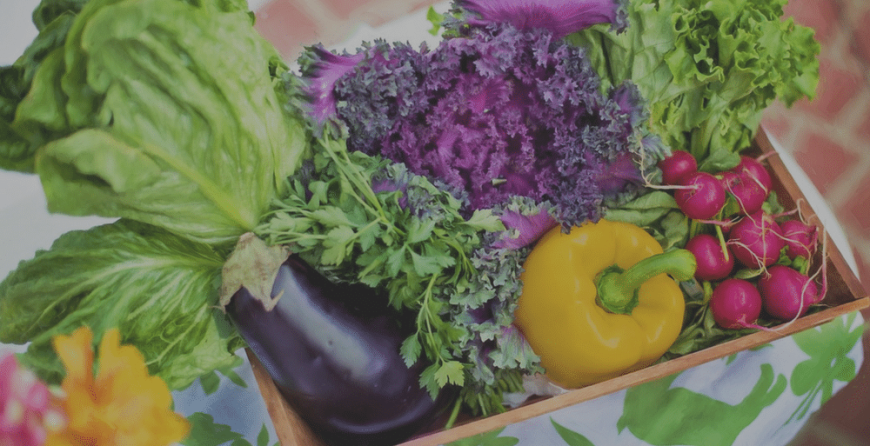
Beautiful, nutritious and tasty farm produce can be achieved despite the size of your garden and location. All you need is an understanding of the vital organic gardening supplies, strategies and plant care routines. Take time to understand your organic garden, its soil nutrient levels as well as your areas’ climatic conditions and patterns. These are the key elements that ensure you kick off your gardening experience at a high and promising level. Below are seven high-yield strategies that have been tried and tested by various organic gardeners who have managed to make the best out of their spaces.
Build up your soil
Every gardening expert will recommend building up your soil if you want to increase yields. Organically rich soil boosts the growth of extensive, healthy and deep roots that can reach more beneficial nutrients and water. This, in turn, results to extra productive and lush crops. The quickest way to achieve deep and fertile soil is making raised beds; they can yield more than three times the amount of produce you harvest from open space gardens. They also save time and ensure that crops are protected against human interference. They can also attract little to no weeds.
Round out your beds
Raised beds are ideal for you are hoping to achieve the best organic garden yields but their shape also matters. Rounded raised beds that are also 5 feet wide at the base and quite long increase your planting area. They offer 20 percent more planting space as compared to rectangular or square shaped raised beds.
Space your crops
As much as you want to maximize your raised beds, you should ensure that all your crops are spaced ideally. Though the look smart and organized, rows or square patterns are not recommended. Instead, plant in triangles or simply scatter the plants. This way, you plant more while ensuring that they are adequately spaced. Lack of spacing stresses plants and makes them susceptible to diseases.
Grow vegetables vertically
Despite the size of your garden, you can grow more vegetables by embracing vertical gardening. Vining crops like pole beans, melons, squash, tomatoes, and cukes can be supported with trellises, stake, cages or fences to grow straight up. Vertical gardening also save you maintenance and harvesting time because you can easily see what and how the crops are positioned. Try growing vining crops along the side of your raised beds using a nylon mesh or post.
Grow different crops
This is known as interplanting and offers numerous organic gardening benefits. Corns, beans, and squash have always been a perfect combination because they support each other. For instance, corn stalks support pole beans while squash grows freely eliminating potentially competitive weeds.
Practice succession planting
Succession planting ensures that you plant and harvest more crops within a small space and over the course of one growth season. As such, you get to harvest at least 3 crop types from a single area. For example, an early leaf lettuce crop is followed by a quick maturing corn crop and greens or garlic after that. All these crops can be harvested within one season.
Stretch your season
It takes time for your organic garden to adjust to seasonal changes or lose the beneficial nutrients. As such extending, your growth season with a few weeks gives you time to plant and harvest a succession crop or to harvest more produce. However, to benefit from the extra gardening weeks, you need to maintain your garden and ensure that it is adequately aired.
Without any doubt, gardening success is how you define it. As such, your effort and dedication will determine whether or not to get the best organic gardening produce.


